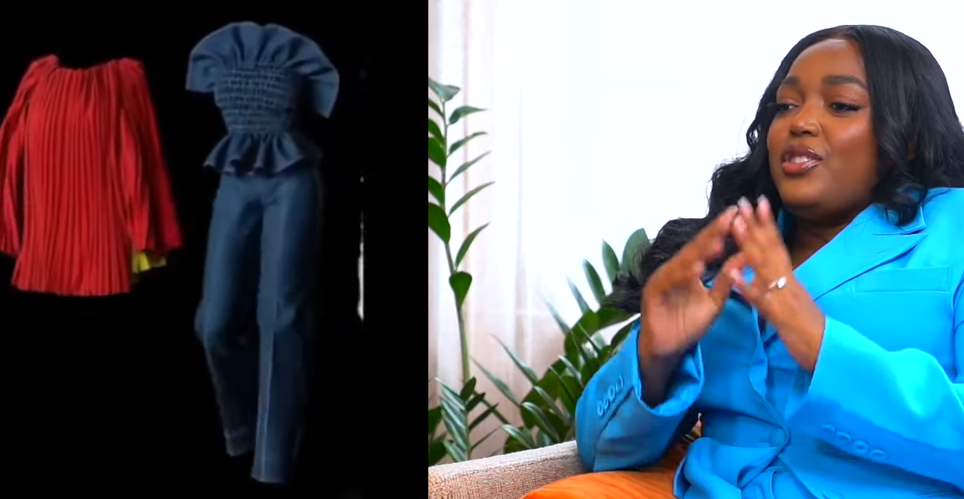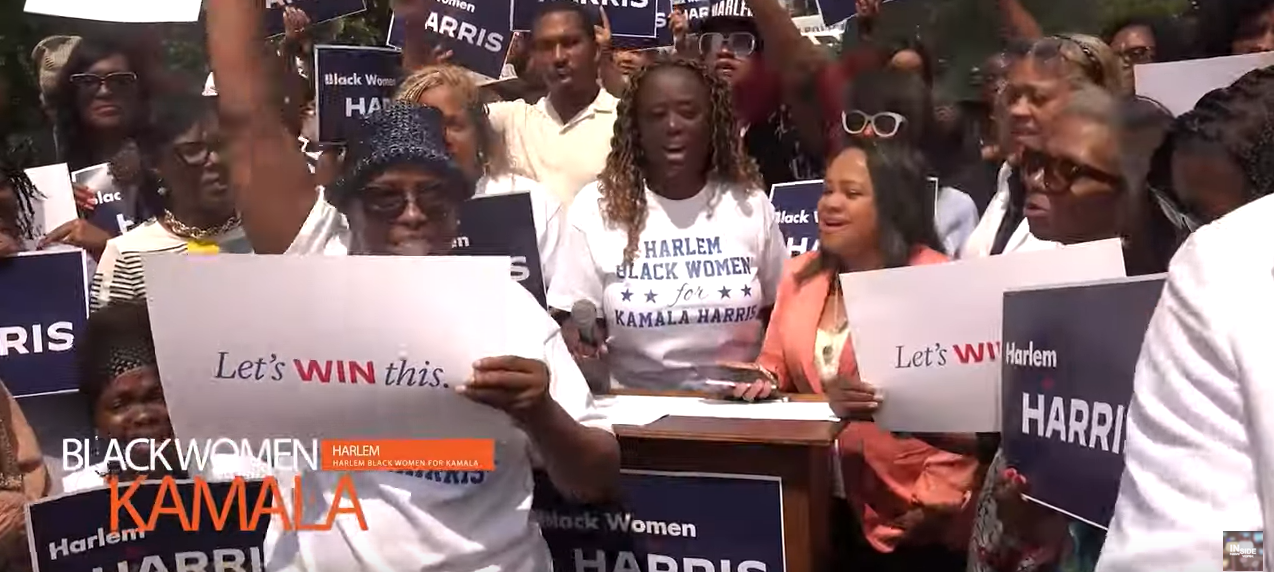Photo: Twitter
30 years on since Kwaito hit the streets of Soweto before spreading rapidly throughout South Africa, the music genre is sure to be the ‘talk of town’ for many years and decades to come.
Like all great and blossoming genres throughout history, the Kwaito industry would do well to welcome the wide variety of perspectives on its originality, its purpose or what it is about and the good, the bad and the untidy, learn and improve from these.
The Kwaito industry has been growing fast. Indeed Kwaito is becoming increasingly competitive.
Expert opinion is that the newfound freedom gave South African musicians easier access to international works and a greater ability to freely express themselves.
And as a result, Kwaito has also been known as the expression of this ‘new freedom’, and many anti-apartheid chants have been used as lyrics for Kwaito songs.
Kwaito has also been called the music that defines the generation who came of age after apartheid. Its pulsing dance beat evolved from styles such as mbaqanga and dancehall, as well as house and disco.
Schools in the townships were unable to fund programs such as music classes to enhance the learning experience of their students. As Kwaito did not require a formal knowledge of music theory, large spaces to rehearse, and expensive instruments, it was easily accessible to individuals in these downtrodden communities.
Moreover, Kwaito stars in South Africa are seen as celebrities who influence the culture, language, and economy of the nation in ways that were impossible during the years of governmentally imposed segregation.
TS, Ghetto Ruff, Kalawa Jazmee, and Bulldogs are the main recording companies that have discovered Kwaito musicians.
Jam Alley was a South African talent show that has been a venue for many young Kwaito artists like Mandoza, Mzambiya, and Zola, as well as other pop stars. Some Kwaito artists have even transcended a musical career. Zola, for instance, hosted a talk show called Zola 7 on SABC1.
Interestingly to know, is that the commonalities between dancehall and Kwaito are in fact rooted in a deeper relationship between South Africa and Jamaican music.
African Reggae artists like Côte d’Ivoire’s Alpha Blondy and South Africa’s own Lucky Dube were popular throughout the continent during apartheid.
And Alpha helped shed a negative light on the oppressive regime when he compared apartheid to Nazism.
Many currently renowned Kwaito musicians grew up listening to Jamaican music, and Stoan, a member of Bongo Maffin, explained in an interview just how necessary an outlet this kind of music was: the representations of Black people imported into the country during apartheid were singularly negative ones, and Jamaican music was one of the few imported forms that celebrated Blackness and gave ghettoized Black youth in South Africa something to embrace and identify with.
As he describes it, “If we had to look at any other example of Black people off the continent who have found their essence, it’s Jamaicans. For us, for South Africans after the curtain was lifted, after we could see other things besides what was presented to us on television which was Blacksploitation movies and stuff like that, buffoons, you know the picture of us. Any other picture of a successful Blackman was him behaving like a caricature of himself. Jamaicans brought another element to a picture we had of us as an out of body experience. Yeah, so I think you’ll find that a lot of people, you know, have been touched by the culture, in South Africa, within 10 years.”
It is also important to incorporate the attitude that Kwaito musicians have. Many critics have a very biased and Western point of view on the genre. Kwaito rose from a ghetto culture, and most critics always look at Kwaito in a cultural-studies context rather than looking at the ethnomusicology side.
What makes Kwaito stick out is the fact that the music is always associated with a cultural context that brings out some extra meanings and messages. Furthermore, Kwaito is considered by some critics as aggressive township music.
In South Africa, some Kwaito music producers say that the genre is comparable to hip hop; it is only comparable because it has become more than just a genre of music but rather a movement in which people can create their own identities with their own values.
As Thokozani Mhlambi states in his article Kwaitofabulous, “In Kwaito music, the emphasis lies not in the poetic essence of the lyrics but rather in the instrumental arrangement and the ‘danceability’ of the composition. Therefore I disagree with writers such as Maria McCloy, the author of ‘’Kwaito: Its history and where it’s at now, who criticize Kwaito, claiming that very little time and effort is put into Kwaito production…. This criticism overlooks the music’s multiple social contexts such as parties, street bashes, and clubs. These are social venues where people are more in pursuit of leisure than engaging in intellectual discourse.”
Not only does Kwaito resist a sense of Western based oppression by remaining apolitical, but it also resists trends and Western influence in and of itself via mode of production. Kwaito, as Mhlambi affirms, has remained the music of its people, which is the music of the South African youth after the struggle who wish to pursue rest and relaxation as opposed to dwelling on the past. The term Kwaito is a clear sign that oppression is not something to be, or that will be forgotten. The danceability and poetry inherent to Kwaito, however, shows a reversion to better times—to cultural integrity.
Through kwaito music, artists and youths collaborate to create, through music and dance, a realm where the struggle does not exist.








